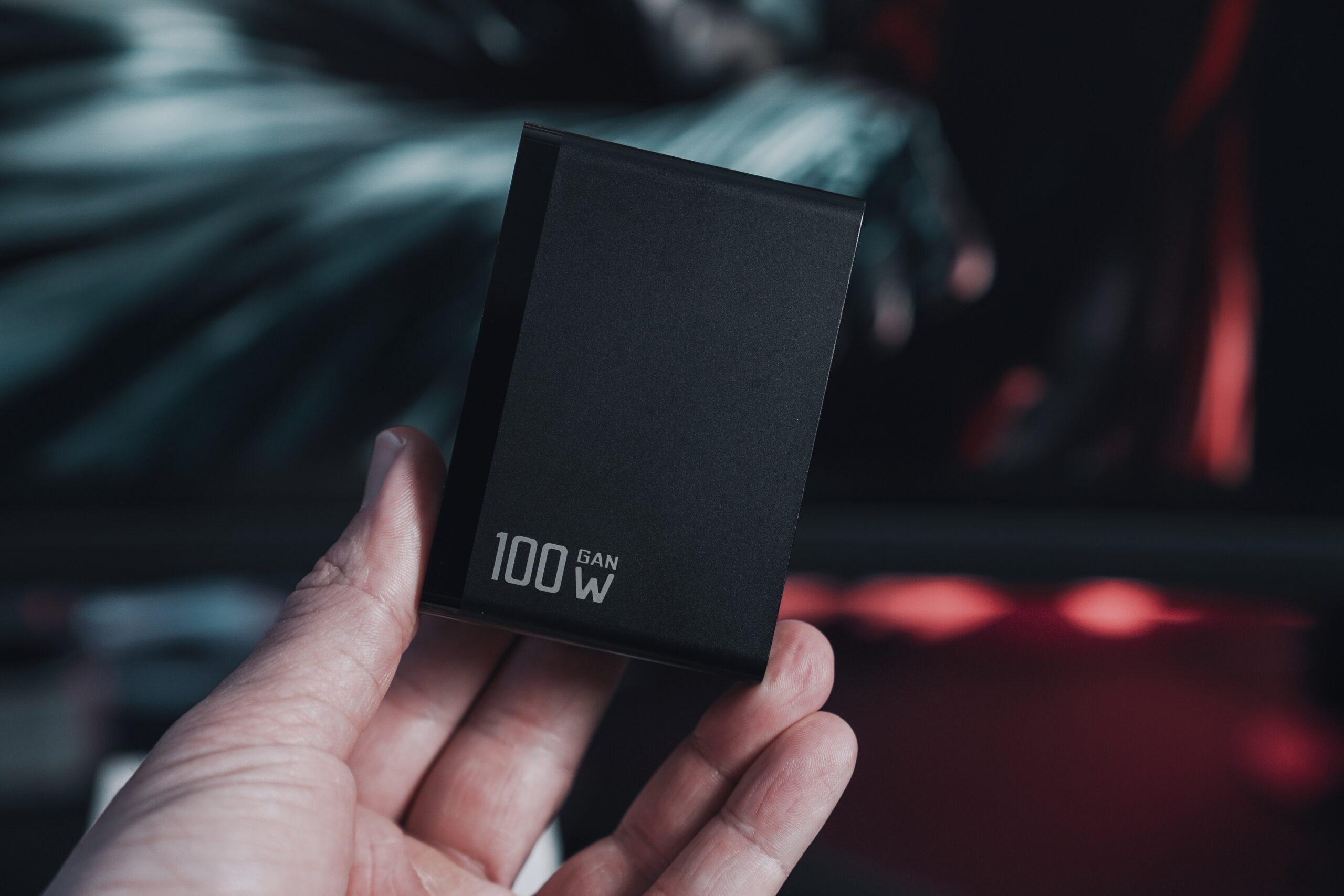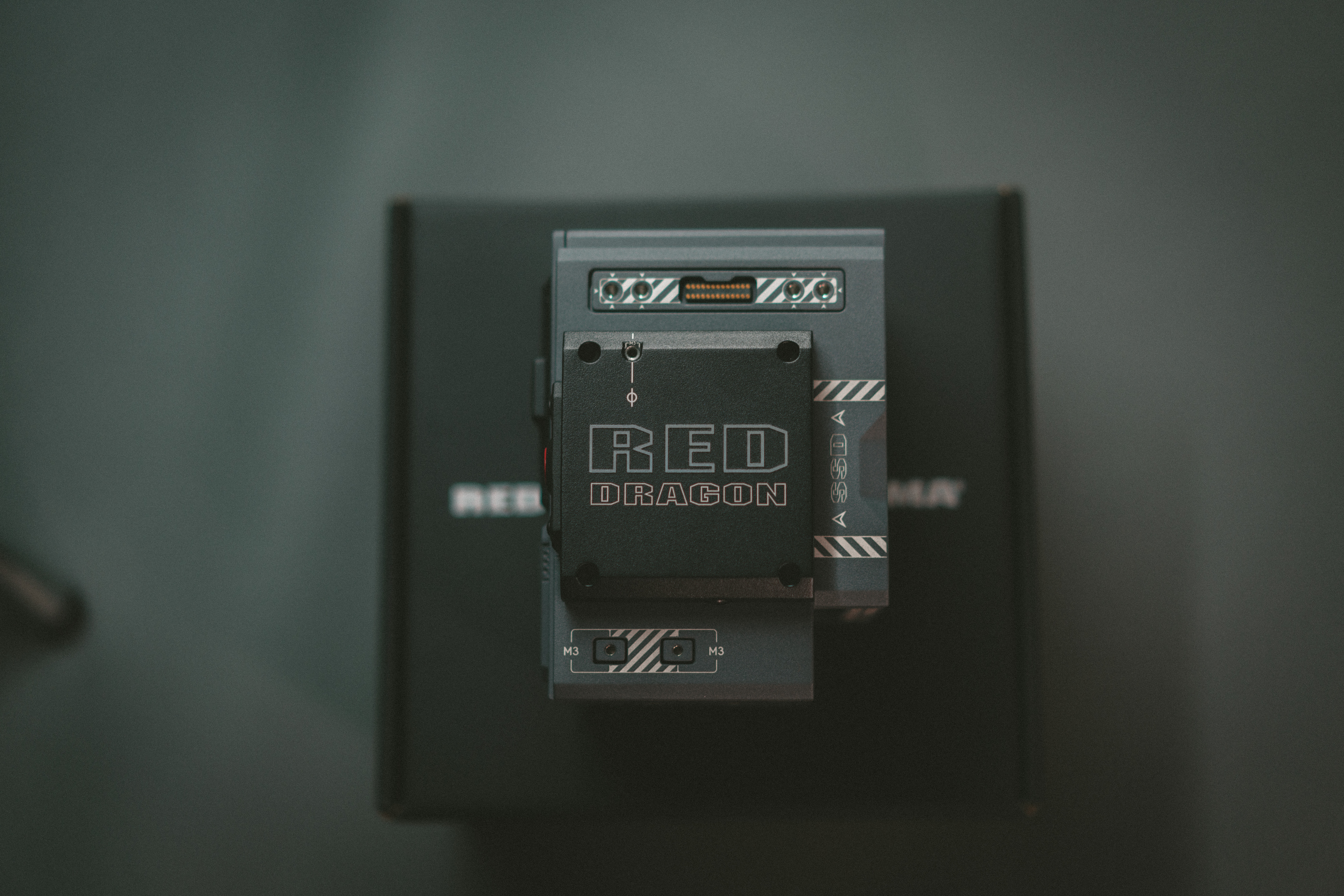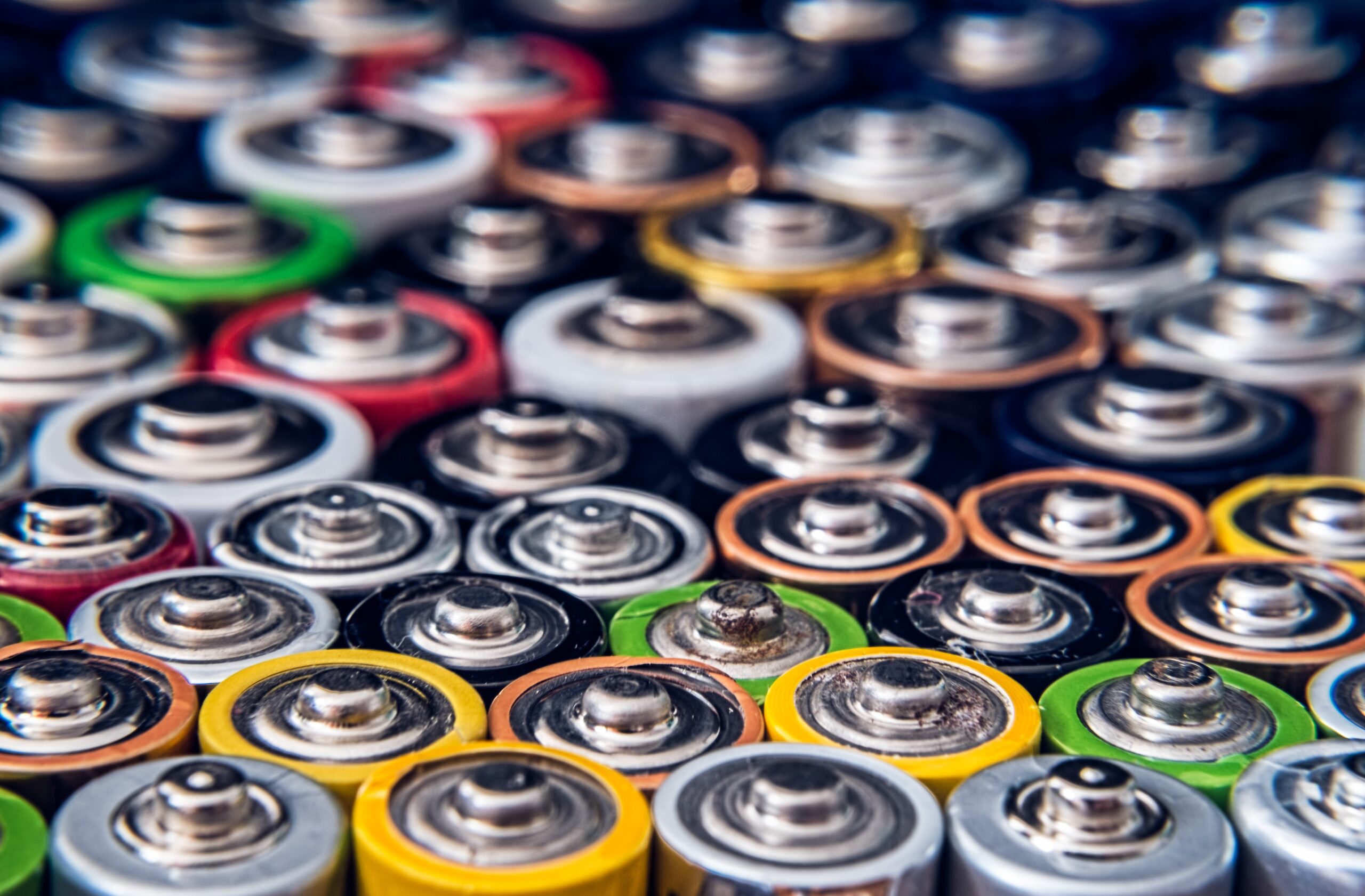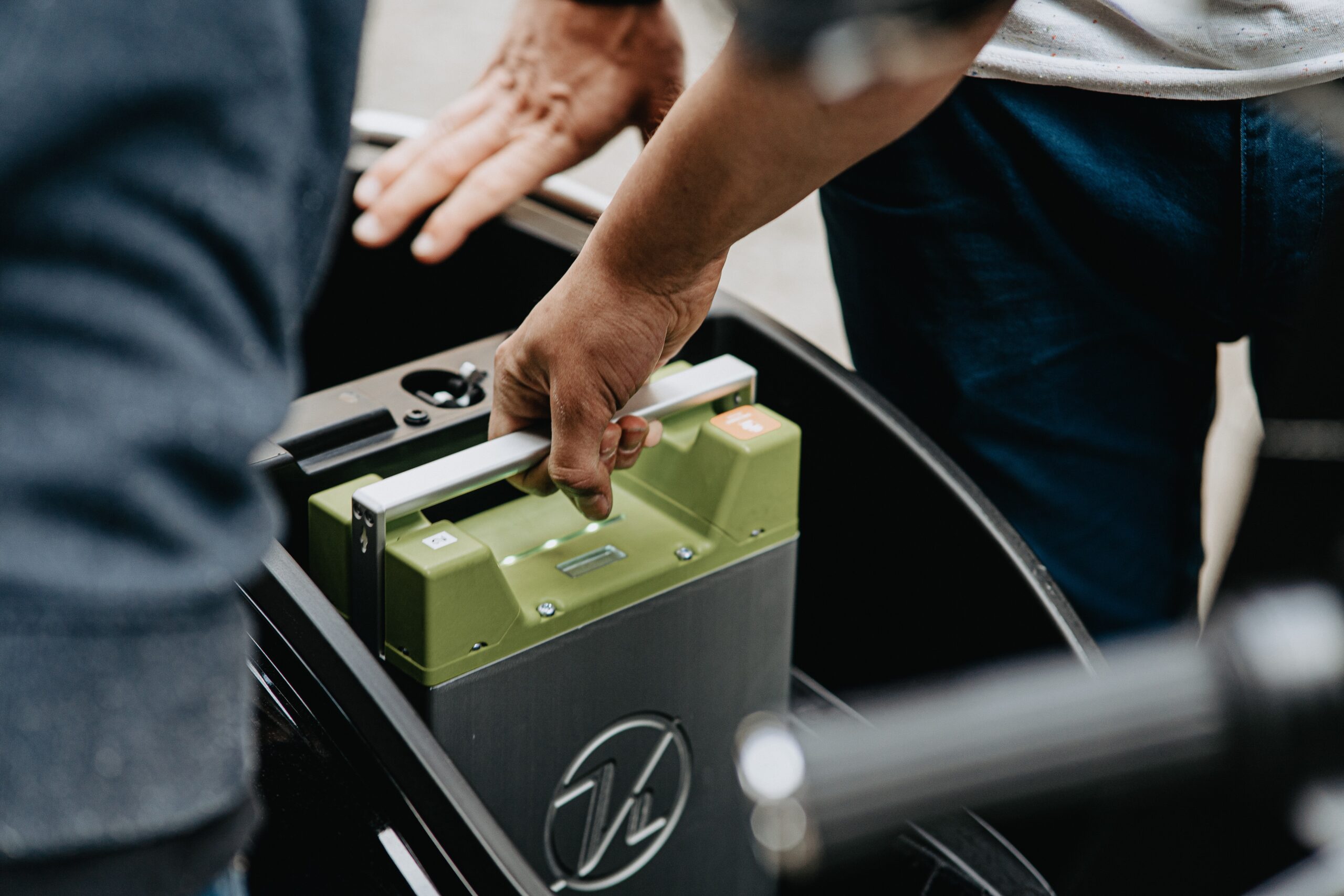Flooded Battery Meaning – Key Insights Unveiled

If you’re a driver or an automotive enthusiast, you might have heard of the term flooded battery meaning. But do you know what it means, and why it’s important for your vehicle? In this section, we’ll dive into the fundamentals of a flooded battery and its role in providing power to conventional vehicles.
In simple terms, a flooded battery is a type of lead-acid battery that uses a wet-cell design. The battery contains liquid electrolyte, which fills the battery cell and submerges the lead plates. The chemical reaction between the lead plates and electrolyte generates electrical energy, which is used to start the engine, power the lights and other electrical systems, and charge the battery while the engine is running.
Flooded batteries have been around for over a century and remain a popular choice for many conventional vehicles, mainly because they are affordable, reliable, and easy to maintain. But how do they work, and what sets them apart from other types of batteries? In the next sections, we’ll explore their construction, advantages, challenges, and maintenance requirements to help you learn more about flooded batteries.
So, if you’re curious to know what is a flooded battery and how it works, keep reading!
Understanding the Role of a Flooded Battery
A flooded battery, also known as a wet cell battery, is a type of lead-acid battery that uses an electrolyte solution to store and release energy. The battery consists of individual cells, each consisting of lead plates and an electrolyte solution of sulfuric acid and water.
The lead-acid chemistry allows the battery to maintain a relatively low cost while providing high power output, making it a popular choice for use in conventional vehicles.
One of the key advantages of using a flooded battery in automotive applications is its durability and resistance to overcharging. However, the flooded cell design also has its drawbacks, including the potential for electrolyte leakage and the need for regular maintenance to ensure optimal performance.
Overall, understanding the role of a flooded battery is important for anyone who owns or operates a conventional vehicle. By understanding the construction and components of a flooded battery, you can take proper care of your battery to ensure it operates efficiently and lasts as long as possible.
Importance of a Flooded Battery for Conventional Vehicles
A flooded battery is a critical component of a conventional vehicle’s electrical system. It provides the necessary power to start the engine and operate various vehicle systems. It also supports the charging system by storing excess electrical energy produced by the alternator during engine operation.
Without a flooded battery, a conventional vehicle cannot function properly. The starter motor will not engage, and the engine will not start. Additionally, various electrical systems, including the lights, radio, and air conditioning, will not operate.
Regular maintenance of a flooded battery is essential to ensure its proper functioning. It is recommended to check the battery’s fluid level regularly and keep it topped off with distilled water. Over time, the battery’s lead plates may become covered in corrosion, reducing its performance. In such cases, using a battery cleaner and replacement of the battery might be necessary for optimal performance.
It is important to note that improper handling and maintenance of a flooded battery can lead to potential hazards such as acid leaks, which can be harmful to the environment and human health. Proper precautions should be taken when handling a flooded battery, and it should be disposed of accordingly.
In conclusion, flooded batteries are a crucial part of conventional vehicles’ electrical systems, providing the required power to start the engine and operate various vehicle systems. Proper maintenance and handling are essential to ensure the battery’s optimal performance and longevity while avoiding potential hazards.




























